Wine tasting is an incredibly fun and educational way to spend a vacation, extended weekend, or even just a breezy, casual afternoon. Learning the ins and outs of ancient wine-making practices and methods, differences in varietals, flavor profiles, bouquets, and aromas are all valuable lessons in the world of wine education. And let’s be honest, walking around some gorgeous scenery and sipping on every millennial’s favorite beverage is a pretty fabulous way to spend your time.
But wine tasting is so much more than tipsily stumbling about pretty vineyards tossing around words like “demi-sec” and “assemblage.” There’s a real art to be found in good wine, and being able to see and taste it is something truly beautiful. But just as walking into the Louvre and trying to analyze the world’s most renowned paintings can be a little bit intimidating, so is knowing how to taste and dissect a glass of wine. For this reason, many people are too intimidated to ask some of the more awkward questions or know exactly how to act during a wine tasting. We’re here to help.
How much do wine tastings cost?
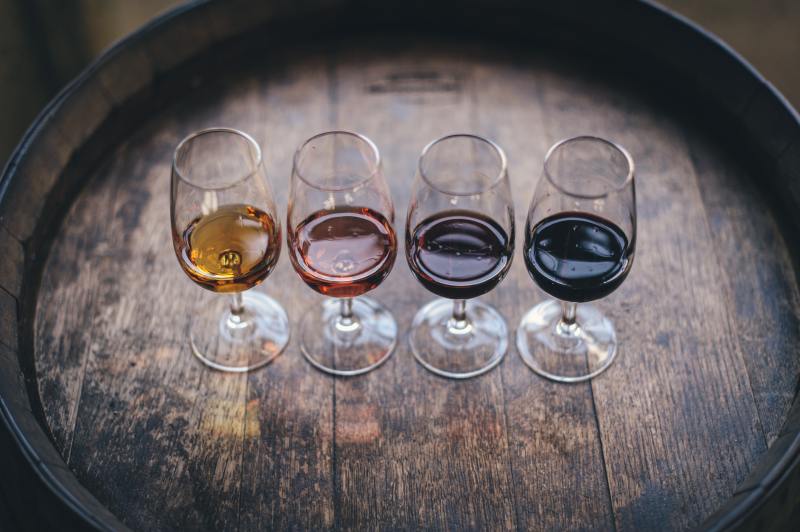
Of course, the price of a wine tasting will depend on many factors — the winery and your menu selections, obviously — but some wineries have special add-ons like tours, meals, and even classes you can take, all for additional fees. Generally speaking, though, a simple tasting can be as affordable as $15 per person, or as indulgent as $300. For an average tasting, though, without any extra bells and whistles, you can expect to pay around $40 per person.
What to wear
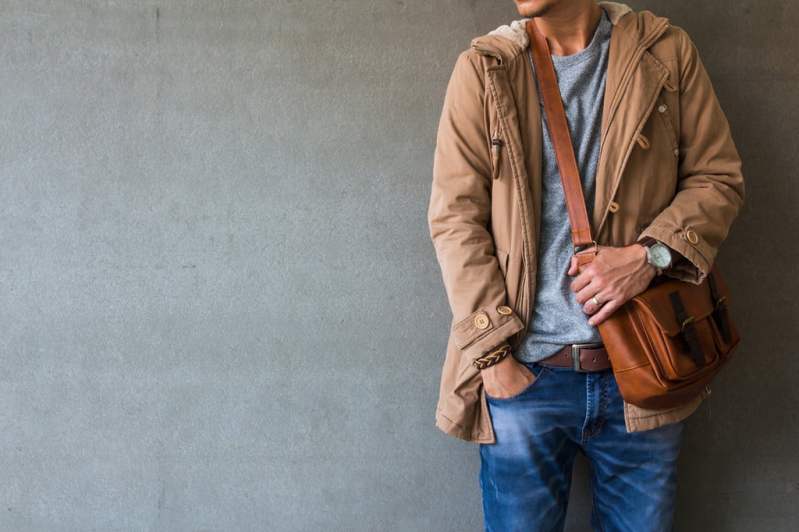
The wardrobe goal for a day of wine tasting should be stylish, but practical and comfortable. You can expect to be walking through potentially dusty trails and vineyards, and taking in beautiful, lush scenery. It isn’t the time for impractical shoes. Many wineries are coastal, too, so keep finicky weather in mind. Napa, for example, can be very foggy and cool in the morning, transforming into a hot, sunny day in the afternoon. When considering outfits for wine tasting, remember, layers are your friend.
Another courtesy to keep in mind is your choice of fragrance for the day. Heavy colognes or lotions could very well interfere with the tasting experience for both you and those around you. Wine tasting is a very scent-focused activity, and you don’t want notes of Ralph Lauren impairing your palette.
How to taste
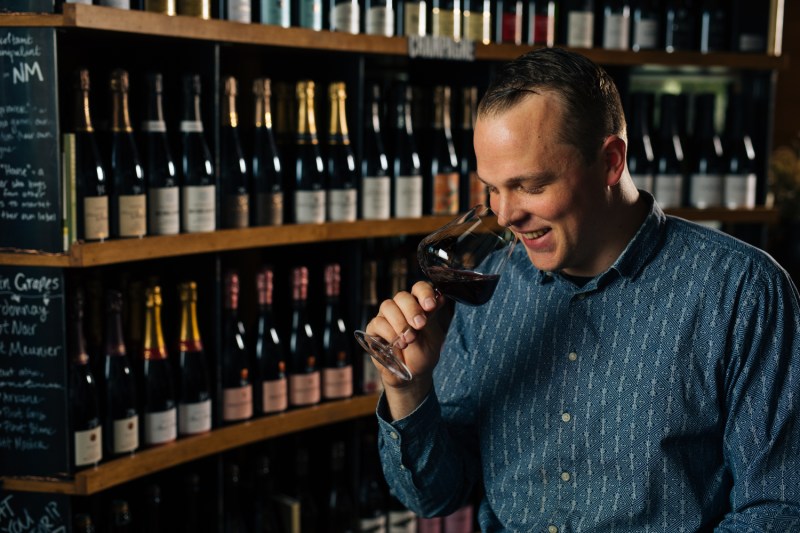
Sometimes, people who are new to wine tasting can feel a bit silly going through the motions. Movies and shows have given us the idea that those who know how to taste wine properly are usually pretentious or villainous snobs. But like any other nuanced hobby or art, wine tasting has techniques that are designed to give you the best experience. Things like sniffing and swirling are part of that, so there’s no need for embarrassment.
The first thing to know when tasting is how to hold your glass. Always, always hold your wine glass by its stem. The reason for this is that the wine is (ideally) being served to you at the perfect drinking temperature. The heat from your hand may warm the wine inside the bowl of the glass, potentially changing its flavor. Holding your wine glass by the stem will also allow you to swirl properly.
Gently swirl the liquid around a few times in your glass. This will release the aroma compounds from inside the wine into the air. When these compounds interact with oxygen, the aromas in the wine separate, enhancing your ability to detect different scents within the wine. This is also why we decant wines, in case you were curious.
Before sipping, put your nose inside the bowl of the glass and inhale deeply. Scent greatly affects how our brains process flavor. Try to detect certain notes before they reach your tongue. You’ll likely have a host or pourer explaining the flavors you might recognize; try to detect those as you inhale.
When you do finally take that first sip, swirl it around in your mouth, coating your tongue and the insides of your cheeks. We detect different flavors and textures in many parts of our mouths, so try to coat every surface.
Finally, enjoy. Don’t get so caught up in acidity or tannins that you forget to actually savor the wine in your mouth.
To spit or not to spit
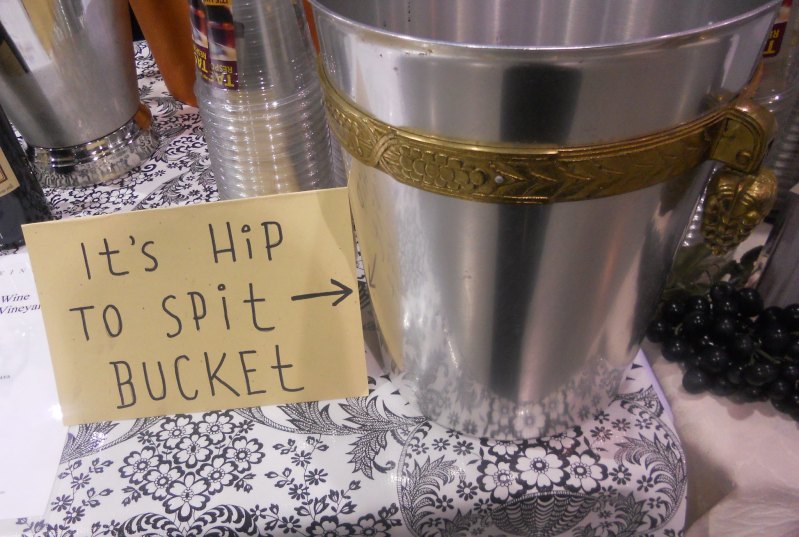
If you’ve been taught absolutely anything about manners and proper public behavior, the idea of spitting at a nice winery probably makes you cringe. Good for you. Your mother did a good job.
But this is the time to put those worries aside. In this setting (and this setting alone), spitting is entirely appropriate. Expected, in fact. When you’re tasting a decent amount of wine, you’re bound to feel a little tipsy if you’re consuming every drop. Wineries appreciate someone who is there to taste and not to get plastered. Furthermore, if your goal is to educate yourself and actually learn about the wines you’re tasting, being too drunk to read the label is hardly lucrative. Make good choices.
Chatting with the pourer
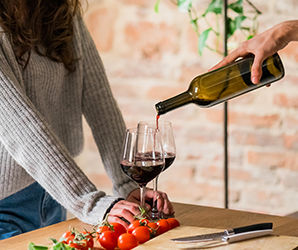
Generally speaking, those who work in wineries tend to love talking about wine. Asking questions is mostly always welcomed. And no, there truly aren’t stupid questions. If your host can see that you’re genuinely curious and willing to learn, there isn’t a whole lot you could say to embarrass yourself. Wine is complicated. It’s okay not to be a Master Sommelier.
On the other side of the coin — if you do know a thing or two about wine, try not to be a know-it-all. It’s not impressing your date, the wine steward, or the annoyed customers within earshot who just want to enjoy their afternoon. Be humble. There’s always more to learn.
Of course, either way, be mindful of the other guests, and don’t hog your server’s attention if they’re busy with other people.
Tipping
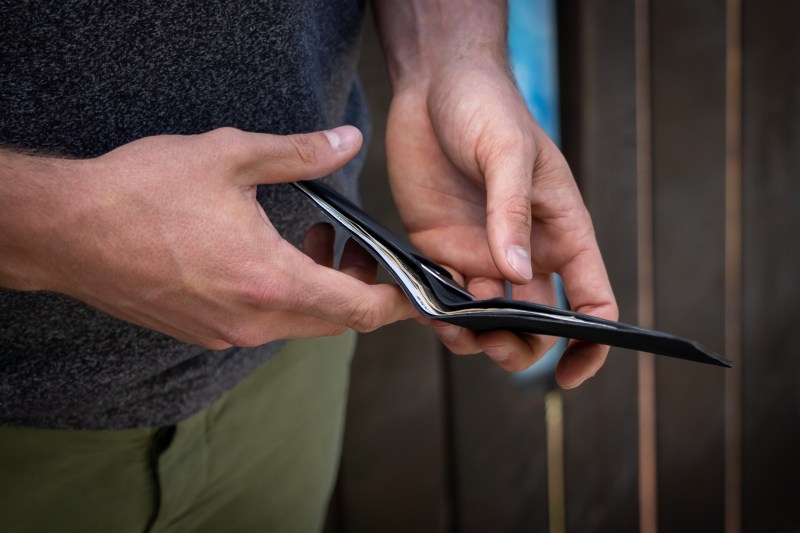
Yes, you should always tip. It isn’t always expected, but it’s the right thing to do. This is especially true if your host has been particularly knowledgeable and taken the time to thoroughly explain everything and answer all of your questions. A good base guideline is about $5 per person.
Do I have to buy a bottle?
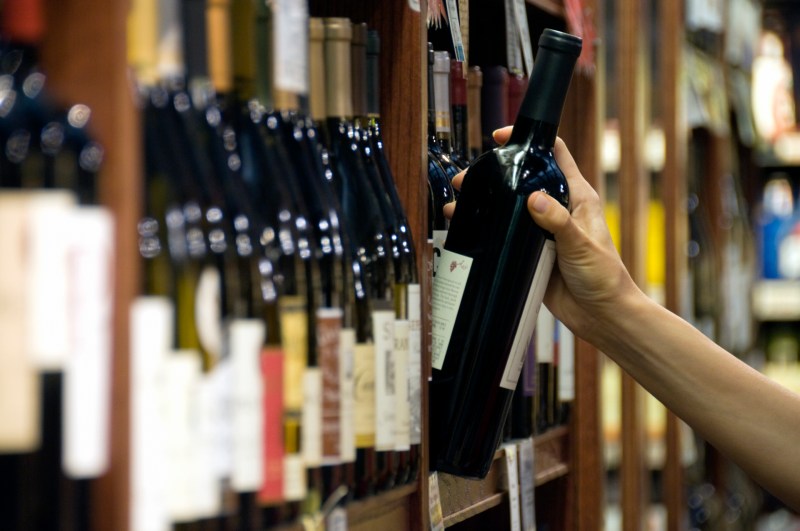
You should never feel pressured to purchase a bottle if you’ve paid for your tasting, been polite, and tipped appropriately. Wine tastings are a service you pay for, and the exchange can end there if you want it to. You may not have liked the wine you tried. Perhaps you’re traveling and limited in what you can pack in your suitcase for the flight home. The truth is, you don’t need a reason not to buy a bottle.
However, if you enjoyed the wine and can afford to do so, buy a bottle or two. Your financial support will be greatly appreciated, and you’ll walk away with a delicious souvenir from the day. It’s a win-win.



